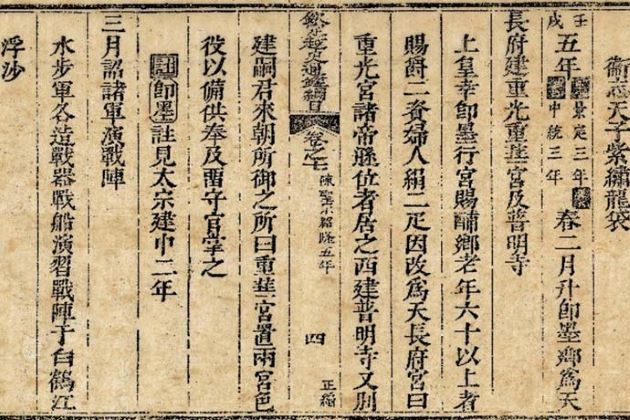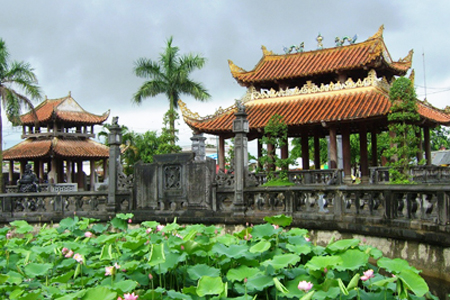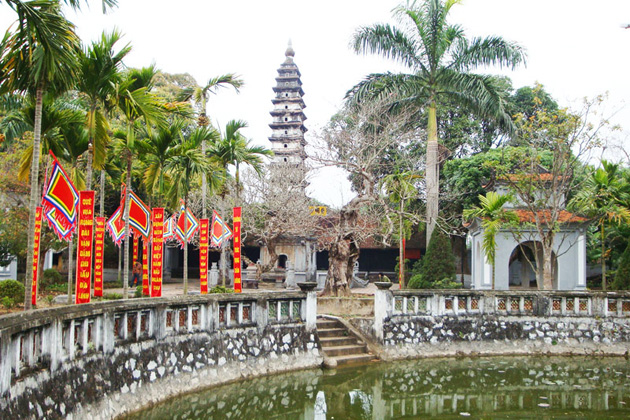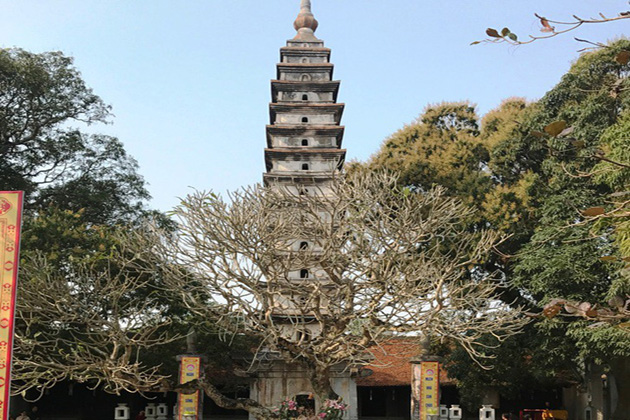Pho Minh Pagoda is located in Tuc Mat Hamlet, Loc Vuong Ward in Nam Dinh Province - 90km to the south of Hanoi. The pagoda was built in the Ly dynasty nearly a thousand years ago. It was enlarged in the Tran dynasty in the thirteenth century thanks to the development of Phu Thien Truong (the second capital of the Tran dynasty). Pho Minh pagoda was used to worship and lead the religious life by the mandarins and aristocracy of the Tran Royal Court. This construction includes two parts: Pho Minh pagoda and Pho Minh tower.
Pho Minh Pagoda History
The pagoda was built in the style of two Han characters - 工 inside and 国 outside. It had the unmistaken imprints of the Vietnamese Religion and Beliefs including Confucianism, Buddhism, and Taoism. Pho Minh pagoda used to have a 7-ton cauldron as the guarding but it unfortunately vanished. In Vietnamese culture, it was dubbed one of the most priceless objects in Dai Viet (the old name of Vietnam). Three ones left are Quy Dien bell, Quynh Lam statue, and Bao Thien Tower.

In addition, the pagoda has been preserved some valuable statues. The typical ones are the statue of King Tran Nhan Tong - the great leader of Dai Viet army against invaders of the Mongol empire in 1285 and 1288. Besides, three statues of the founders of Truc Lam Buddhism sect which are King Tran Nhan Tong and two monks Phap Loa and Huyen Quang, together with gold-trimmed Buddha, Saint Statues, and 60 red-lacquered have been well-preserved in Pho Minh pagoda.
Pho Minh Pagoda Tower
The Tower is the traditional symbol of Vietnamese architecture with a square base of 5m20 high each side and 14 stories of 21m20 high. The basement and ground floor were made of stone while the 13 upper floors were made of brick. The stone part is decorated with lotus petals, waves, vegetal patterns, and clouds. The brick part was manufactured in 1305 carrying figures of dragon rubbed by a layer of mortar during repairs made by a merchant in the early twentieth century. The main altar has still preserved sculptured wooden door flaps (dragons) of the Tran dynasty, a big bell (1796), and numerous ancient statues (among them statues of the Truc Lam sect's three patriarchs).





